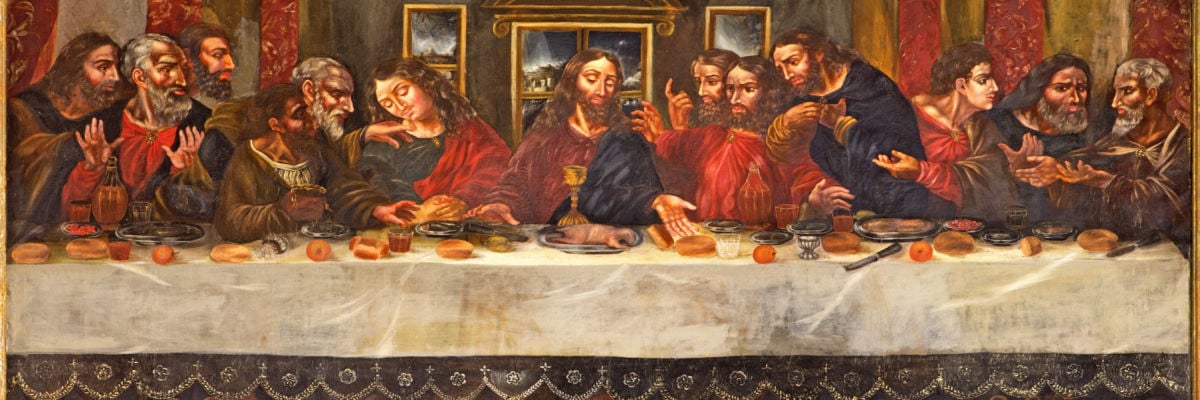
Question:
Answer:
The doctrine of consubstantiation is heretical. It suggests that a single object contains two substances—bread/wine and body/blood—rather than the original substance being changed into the new substance (transubstantiation). Jesus said “this is my body” not “this bread contains my body.” The Catholic Encyclopedia article on the Eucharist explains:
The total conversion of the substance of bread is expressed clearly in the words of Institution: “This is my body.” These words form, not a theoretical, but a practical proposition, whose essence consists in this, that the objective identity between subject and predicate is effected and verified only after the words have all been uttered, not unlike the pronouncement of a king to a subaltern: “You are a major,” or, “You are a captain,” which would immediately cause the promotion of the officer to a higher command. When, therefore, he who is all truth and all power said of the bread: “This is my body,” the bread became, through the utterance of these words, the body of Christ; consequently, on the completion of the sentence the substance of bread was no longer present, but the body of Christ under the outward appearance of bread. hence the bread must have become the body of Christ, i.e. the former must have been converted into the latter. The words of Institution were at the same time the words of transubstantiation. Indeed the actual manner in which the absence of the bread and the presence of the body of Christ is effected, is not read into the words of Institution but strictly and exegetically deduced from them. The Calvinists, therefore, are perfectly right when they reject the Lutheran doctrine of consubstantiation as a fiction, with no foundation in Scripture. For had Christ intended to assert the coexistence of his body with the substance of the bread, he would not have expressed a simple identity between hoc and corpus by means of the copula est, but would have resorted to some such expression as: “This bread contains my body,” or, “In this bread is my body.” Had he desired to constitute bread the sacramental receptacle of his body, he would have had to state this expressly, for neither from the nature of the case nor according to common parlance can a piece of bread be made to signify the receptacle of a human body. On the other hand, the synecdoche is plain in the case of the Chalice: “This is my blood,” i.e. the contents of the Chalice are my blood, and hence no longer wine.



